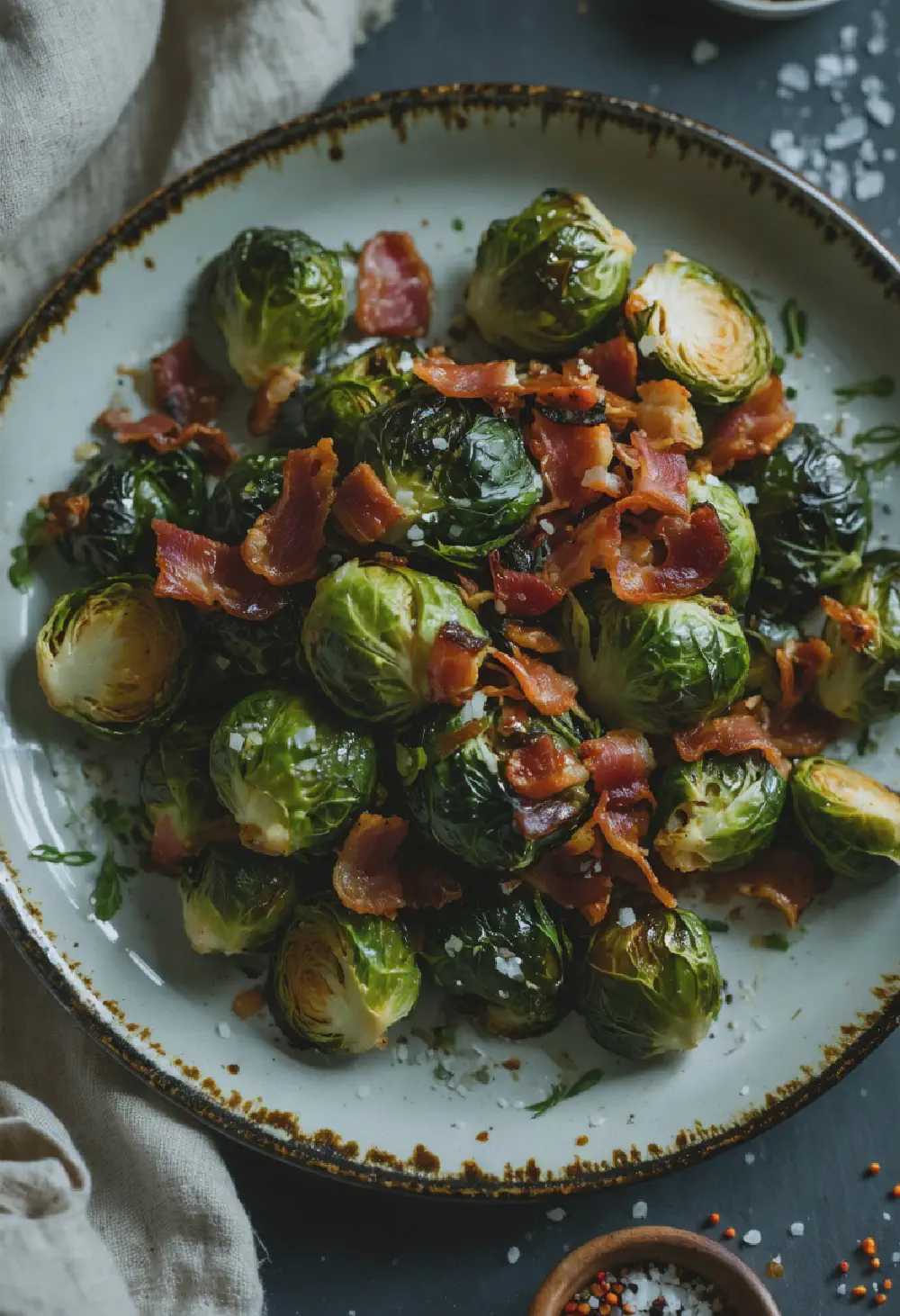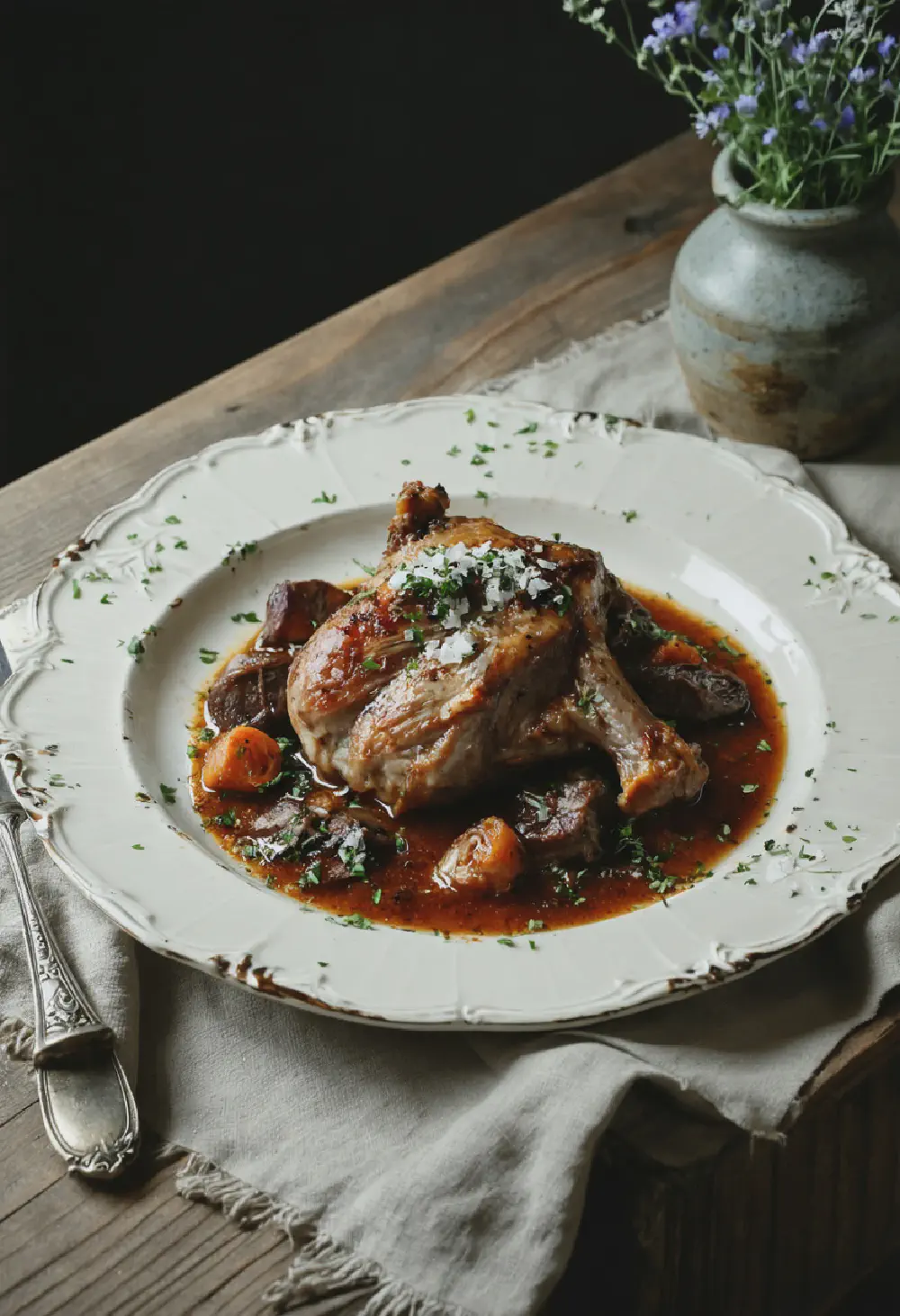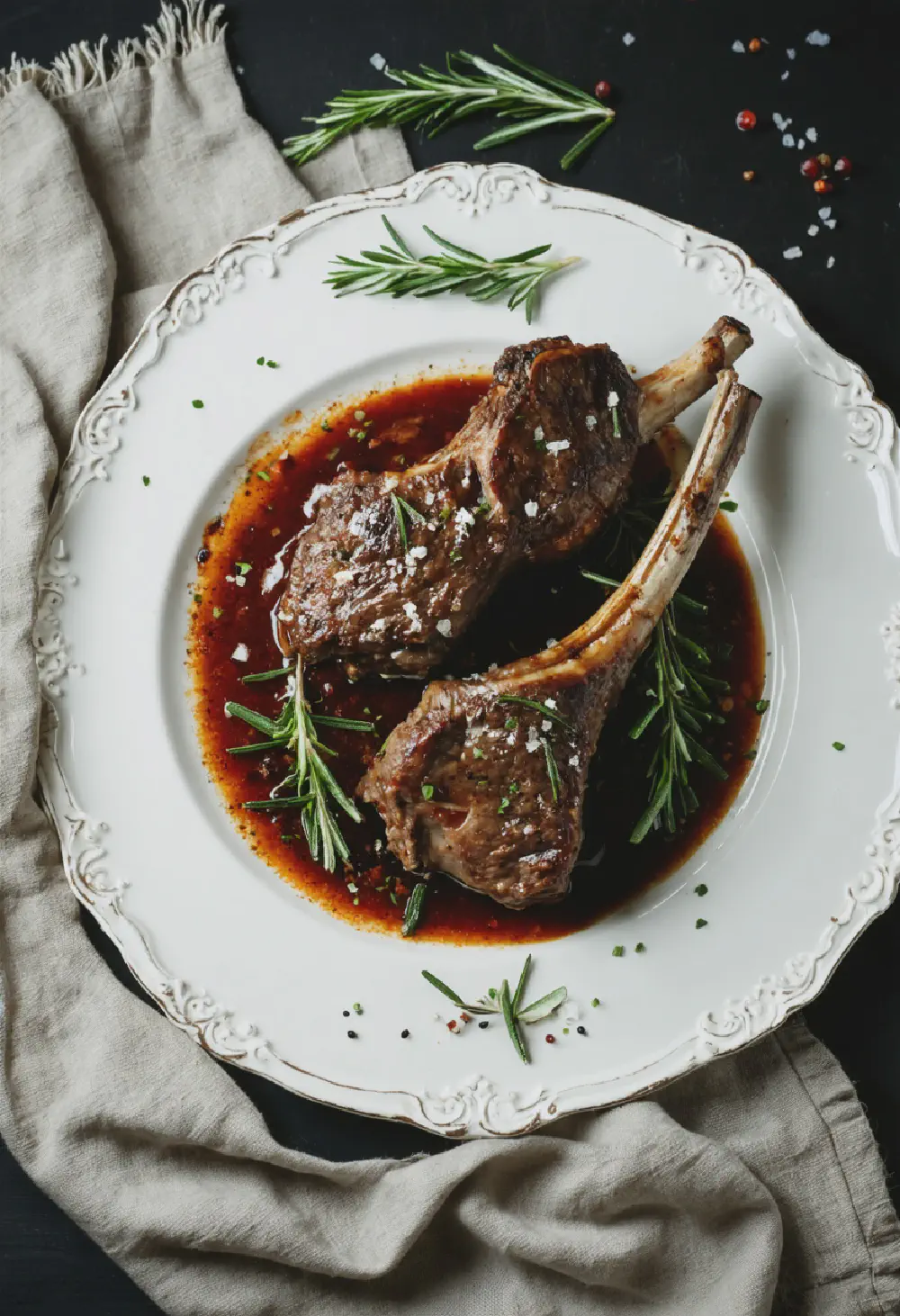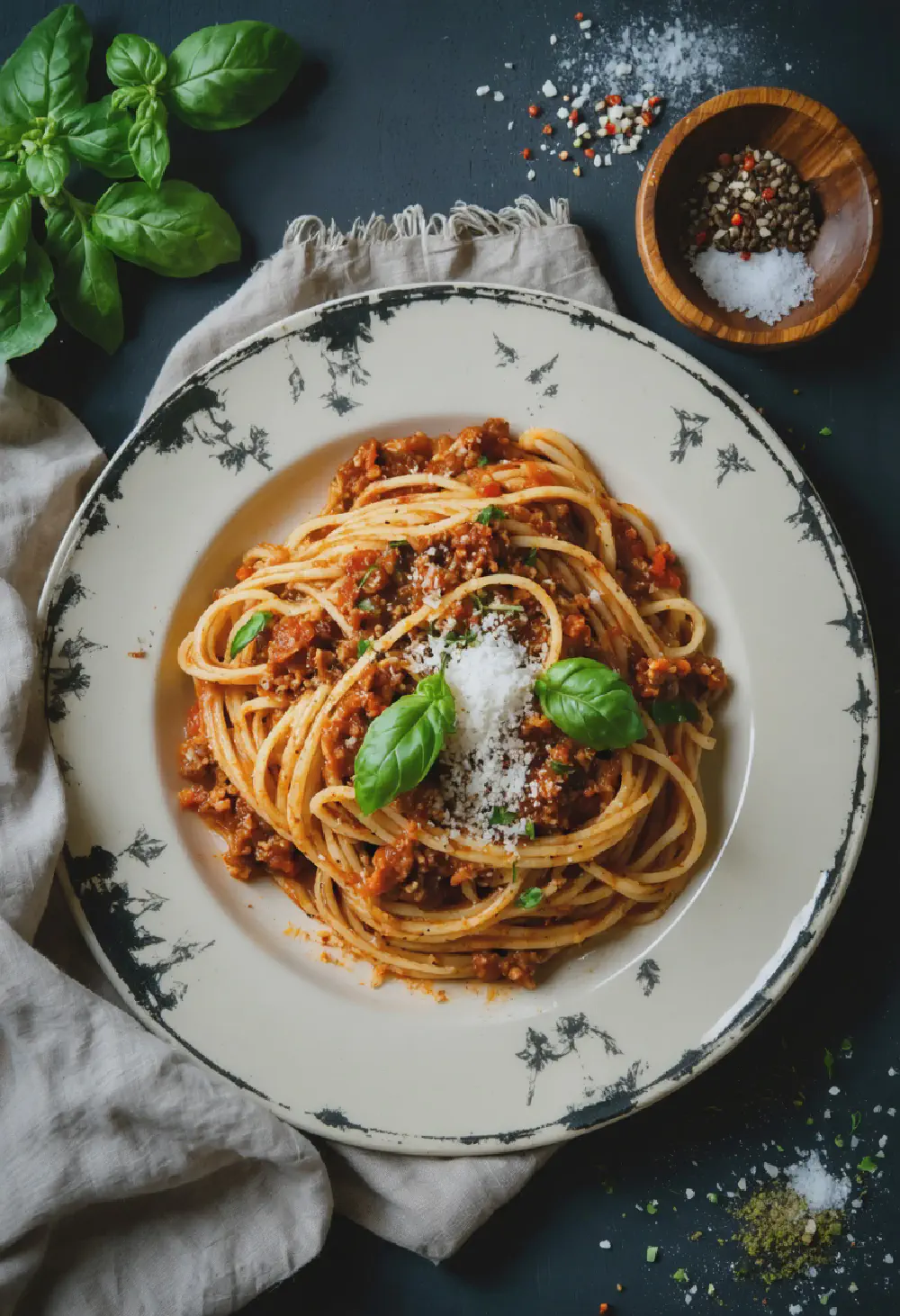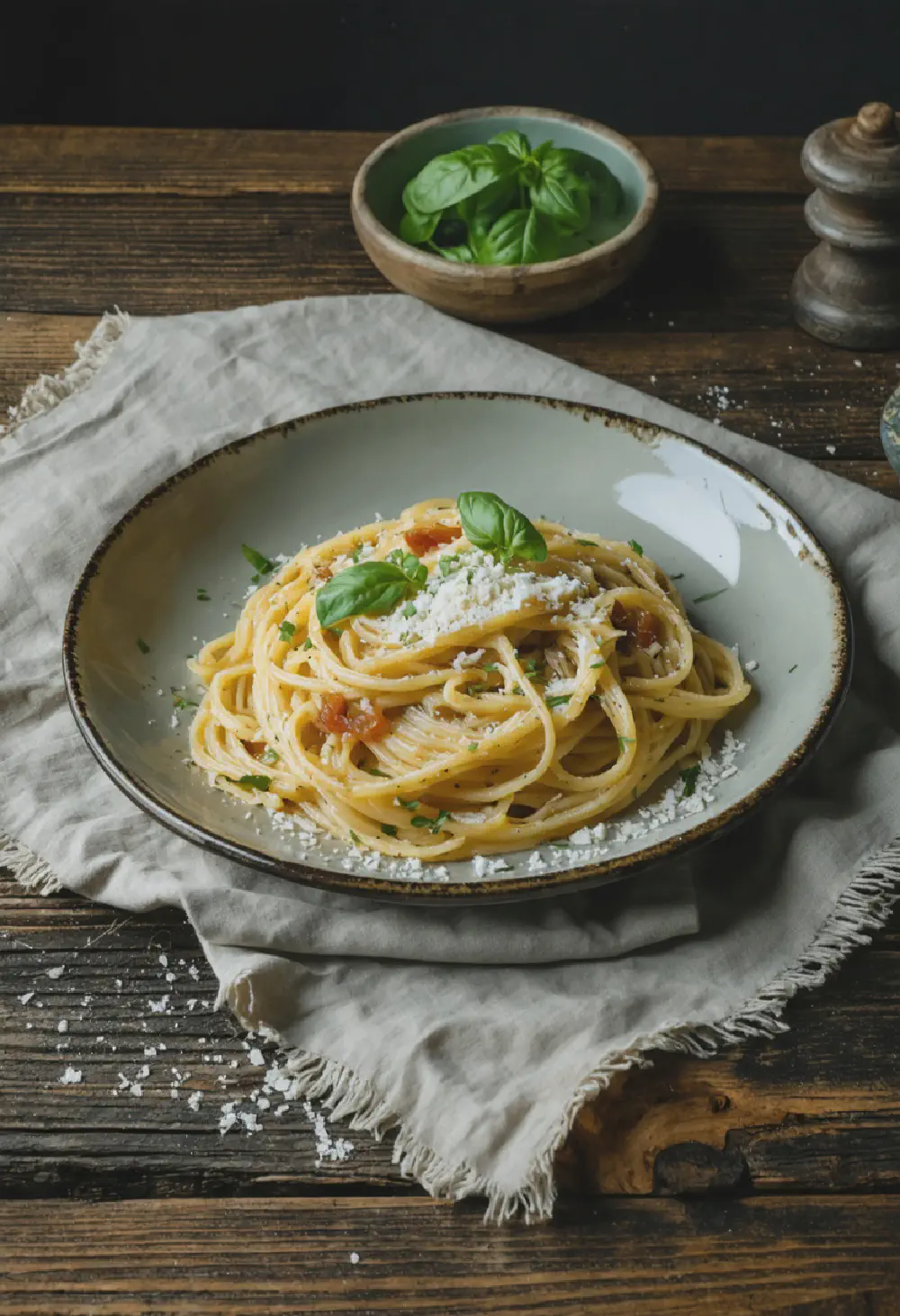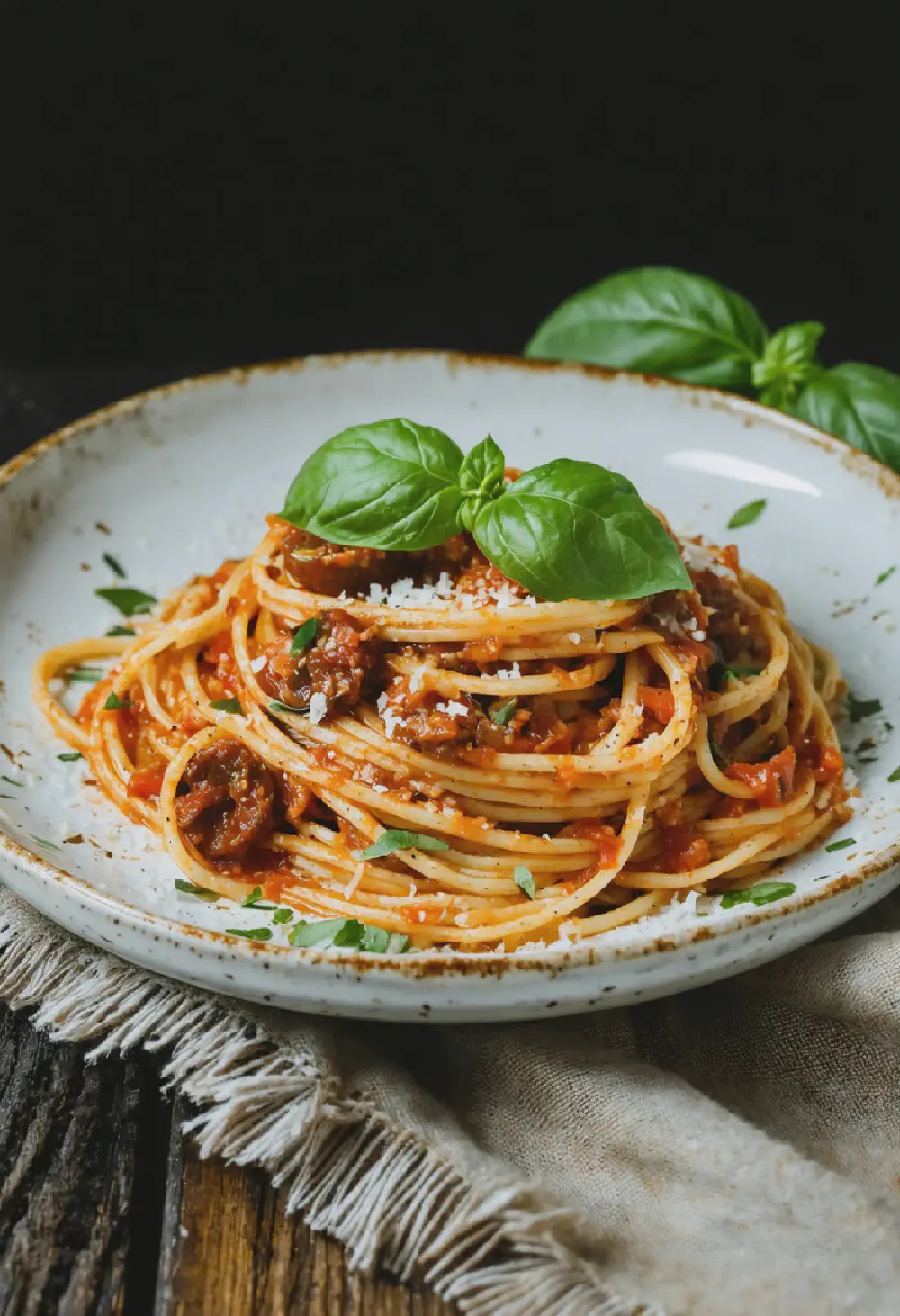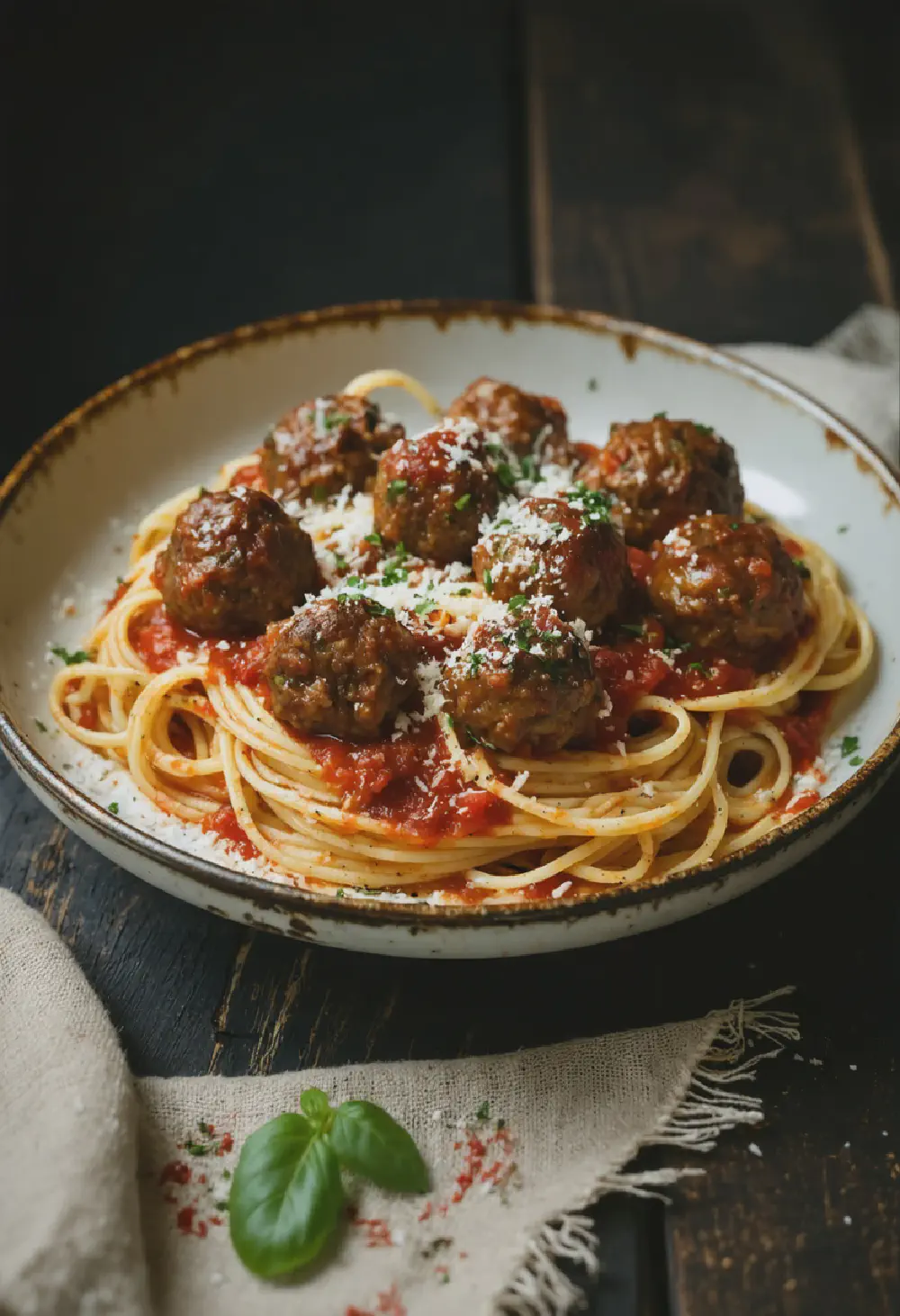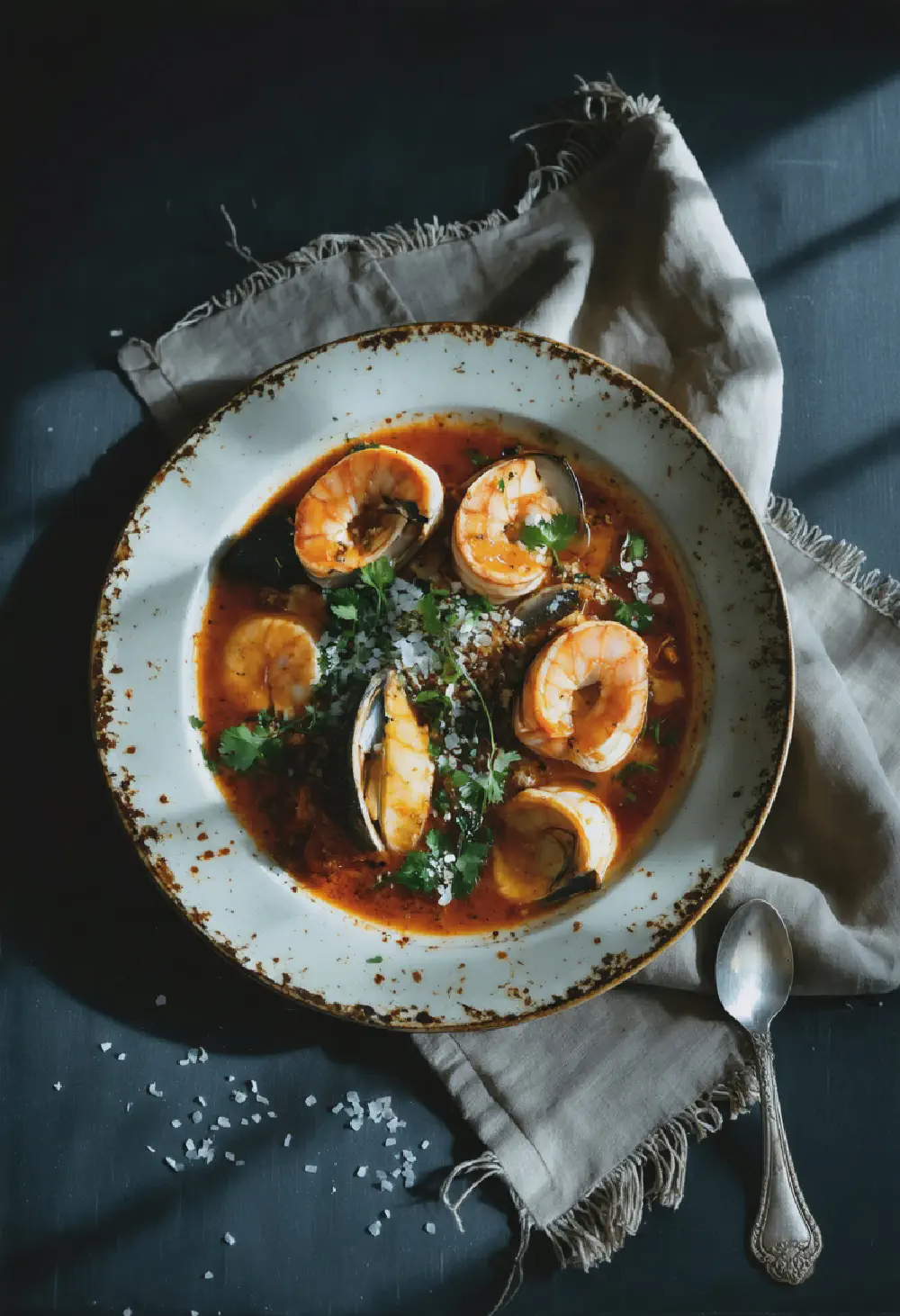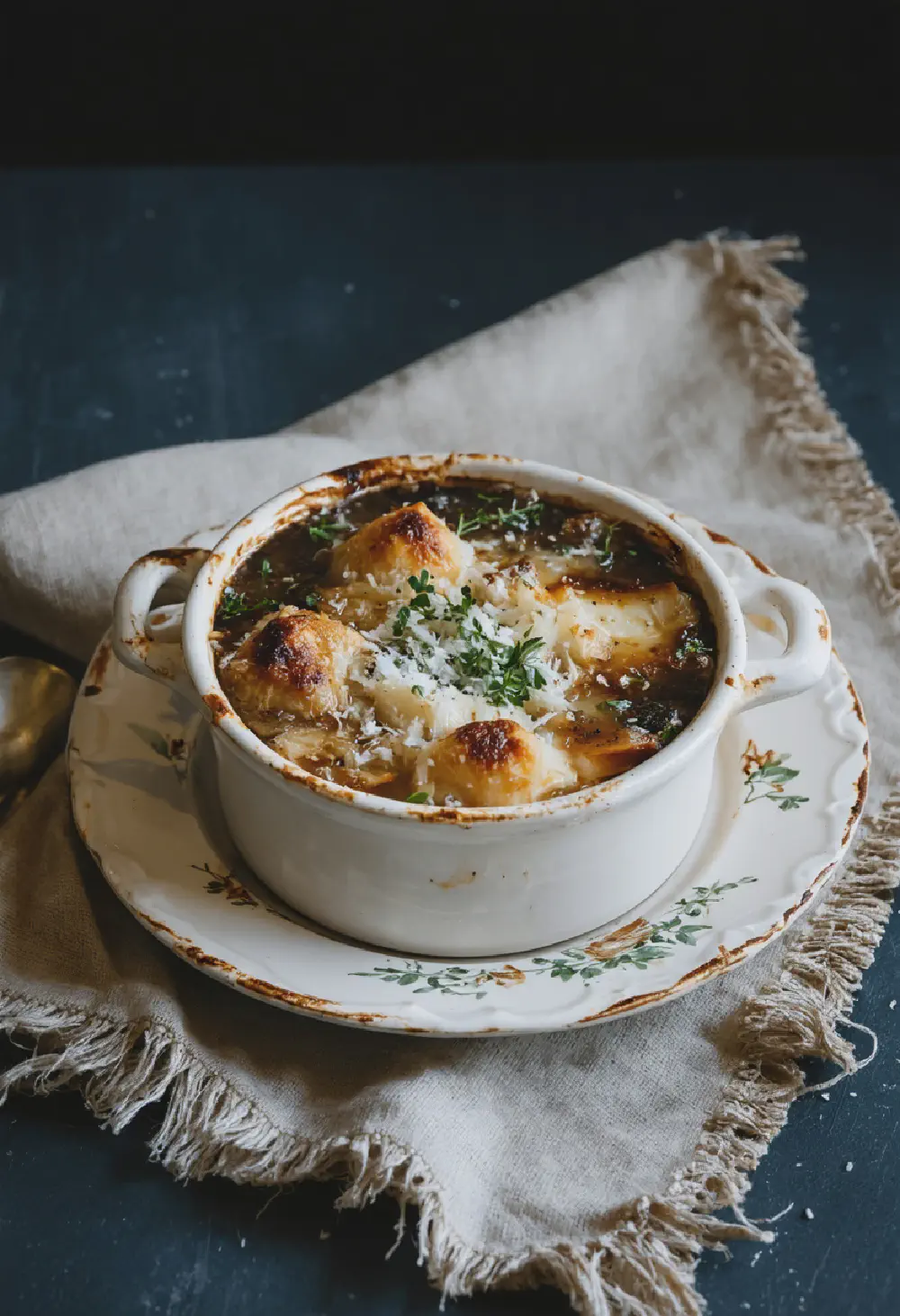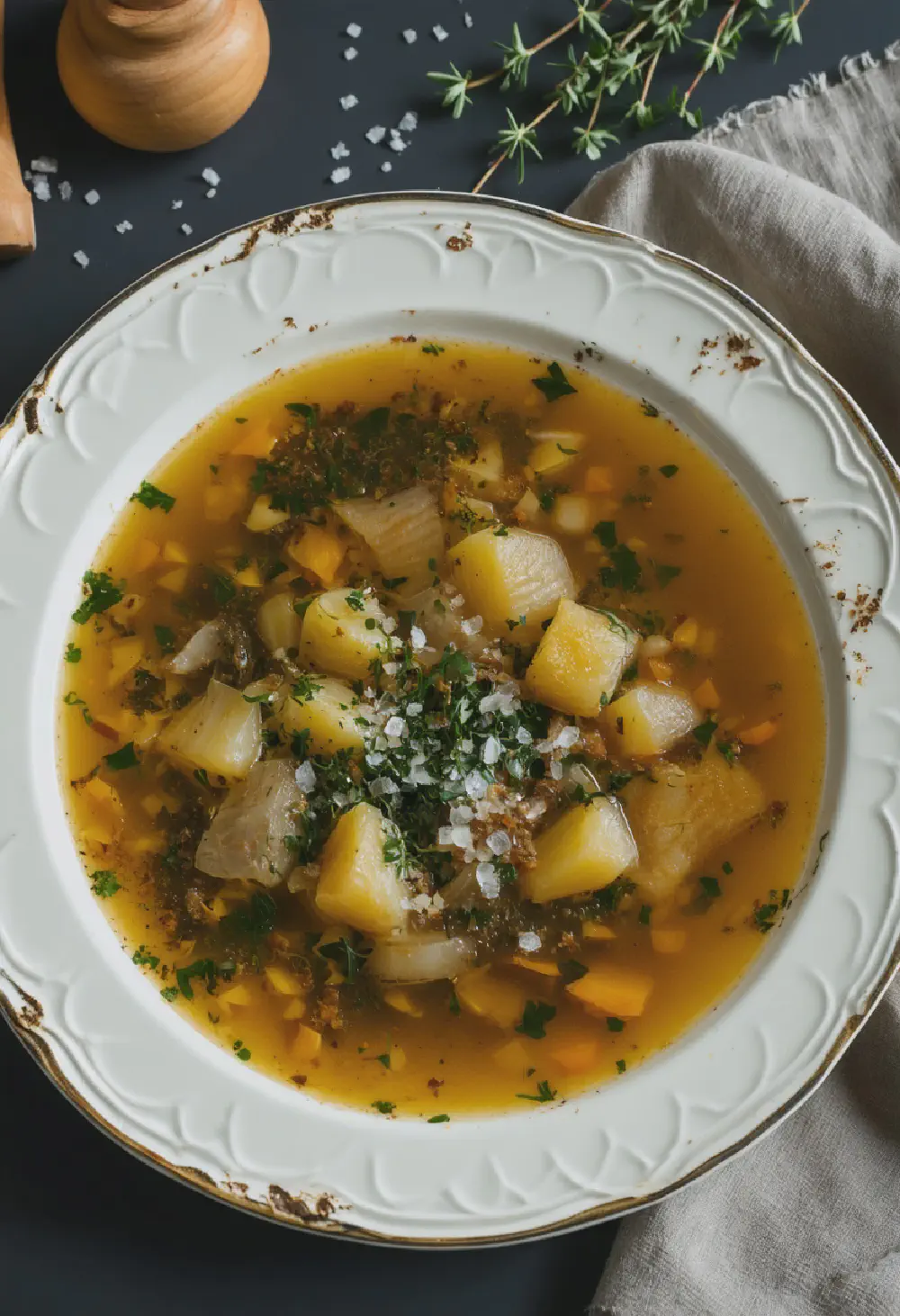Quiche Lorraine
20M
1H and 5M
- Makes 6 servings
- 1 pie crust (homemade or store-bought)
- 200 grams of thick-cut bacon, diced
- 4 large eggs
- 300 ml heavy cream
- 150 grams of Gruyère cheese, grated
- Salt and freshly ground black pepper to taste
- A pinch of nutmeg
- Preheat your oven to 375°F (190°C).
- Roll out the pie crust and fit it into a 9-inch tart pan. Prick the bottom with a fork and chill in the refrigerator for about 15 minutes.
- In a skillet over medium heat, cook the diced bacon until crispy. Remove from heat and drain on paper towels.
- In a large bowl, whisk together the eggs, heavy cream, a pinch of salt, pepper, and nutmeg until well combined.
- Spread the cooked bacon evenly over the bottom of the chilled pie crust. Sprinkle the grated Gruyère cheese over the bacon.
- Pour the egg and cream mixture over the bacon and cheese.
- Bake in the preheated oven for about 45 minutes, or until the quiche is set and the top is golden brown.
- Allow the quiche to cool for at least 10 minutes before slicing and serving.
Quiche Lorraine: A Timeless French Delight
History
Quiche Lorraine, a beloved dish in French cuisine, traces its origins back to the medieval kingdom of Lothringen, which is now known as Lorraine, a region in northeastern France. The term “quiche” is derived from the German word “kuchen,” meaning cake, reflecting the historical influence of German culture in the area. Initially, Quiche Lorraine was a simple pie made with bread dough and filled with a custard of eggs and cream. Over time, the recipe evolved to include bacon, which became a defining ingredient of this classic dish. The first known recipe for Quiche Lorraine appeared in a 19th-century cookbook, solidifying its place in French culinary tradition. Today, it remains a staple in French cuisine, cherished for its rich flavors and versatility.
Taste Profile
Quiche Lorraine offers a harmonious blend of flavors and textures that make it a standout dish. The base of the quiche is a flaky, buttery pastry crust that provides a delightful crunch. The filling is a luxurious custard made from eggs and cream, which lends a smooth and creamy texture. The addition of bacon introduces a smoky, savory element that perfectly complements the richness of the custard. Cheese, often in the form of Gruyère or Swiss, adds a nutty and slightly tangy note, enhancing the overall taste profile. Together, these components create a dish that is both comforting and sophisticated, making Quiche Lorraine a favorite for brunches, light dinners, and special occasions.
Cultural Significance
In French cuisine, Quiche Lorraine holds a special place as a symbol of regional pride and culinary heritage. Originating from the Lorraine region, this dish embodies the fusion of French and German culinary traditions, reflecting the area’s historical and cultural influences. Quiche Lorraine is more than just a meal; it is a celebration of the region’s gastronomic identity. It is commonly served at family gatherings, festive occasions, and even in fine dining establishments, showcasing its versatility and enduring appeal. The dish’s simplicity and elegance have also made it a popular choice worldwide, contributing to the global appreciation of French cuisine. Whether enjoyed at a quaint café in Paris or a home kitchen, Quiche Lorraine continues to be a cherished part of French culinary culture.



